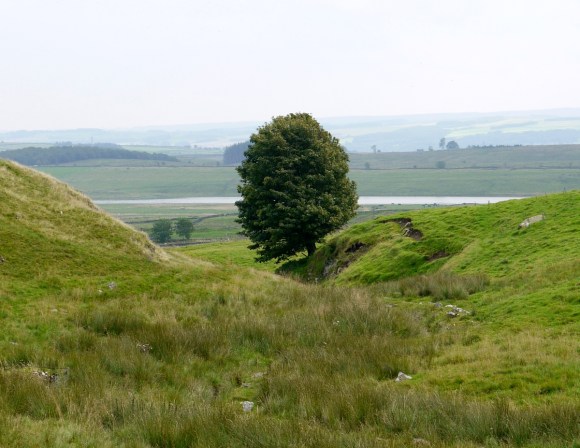Soon after I first became interested in plants and conservation I became aware of the concept of native and non-native species. I grew up in Dover, a port town where xenophobic attitudes are paradoxically ingrained in a population who perceive themselves to be on the frontline of an unfinished European war and are ever ready for an imminent invasion of unintelligible foreigners, so I was used to this concept and knew what was expected of me.

In the local woodlands the unfortunate Sycamore was singled out as a non-native species, a recent invader from Alsace, Franche-Comté or maybe even further afield. Europe’s largest maple was intent on ousting our native, British trees through unseemly reproductive vigour unmatched by our altogether more restrained climax vegetation.
I made it my patriotic duty to single-handedly eradicate the Sycamore menace from local woodland where each spring thousands of seedlings would threaten the native Beech (Fagus sylvatica), Ash (Fraxinus excelsior) and Yew (Taxus bacatta) woodland defined 10,000 years ago. Or so I thought at the time. In reality Sycamore does throw out many, many seedlings every year but these cannot survive to maturity in the shade of Yew and Beech. Sycamore is a coloniser of disturbed or open woodland and can act as a very good nursery plant for our more shade-tolerant but less fecund woodland trees. Sycamore does not therefore colonise our woodlands, but rather becomes a component of them with a part to play in the real and inclusive ecosystem. And of course our woodlands – ancient or otherwise – have been shaped by Man for our own, usually sustainable, exploitation for millennia.

On my recent tour o’ the North, I was struck by how important to the upland Pennine landscape the Sycamore is, it has been a part of the scene for generations. It takes on the appearance that Oak does further south where ancient and dignified trees stand sentinel in a field or as a roadside reminder of a long ago grubbed-up hedgerow.
So my view of the Sycamore has changed – I appreciate the part it plays in the landscape, it is a familiar tree to many and it is not invasive, which is perhaps the measure of how we should judge the menace posed by plants. Sycamore may not appear in prehistoric pollen records, but its arrival on British shores is a mysterious event that cannot be dated.
Looking north to Sycamore Gap on Hadrian’s Wall from the former Roman military road:
There is a very interesting white paper published by the Woodland Trust on their website for those who may like to read more on the subject.
6 replies on “Sycamores in the British landscape”
[…] no matter where we live. The elements contained in a landscape of which trees are arguably the most prominent feature are a vital element of our sense of place and […]
Hm – as an American, I had to look up whether the trees that are called sycamores in Europe are the same ones that are called sycamores in America. (They’re not; ours are in a different genus.) You make a good point, though, that not all non-native species are necessarily invasive. Some can become a naturalized part of the landscape.
It was remiss of me to omit the Latin name (Acer pseudoplatanus) of the English Sycamore from this post, interestingly the name Sycamore is a reference to a biblical tree in the Ficus genus, a sub-tropical tree that is not able to grow in northern Europe or I guess in America but must bear a resemblance to our stand-ins. What tree do you refer to as the Sycamore?
In America “sycamore” refers to trees in the genus Platanus. The one I’m most familiar with is Platanus occidentalis, a really beautiful tree with multi-colored mottled bark that tends to grow along streams.
I think your Sycamore is one of the parents of the classic street tree, London Plane (Platanus x acerifolia) funny how those maples and planes get all mixed up! In Scotland our Sycamore (maple) is called the Plane just to confuse things even further…
[…] embankments, cracks in walls and anywhere else they can find a niche. Unlike the misunderstood sycamore, there are many good reasons not to plant them. They barely support other species, they can cause […]